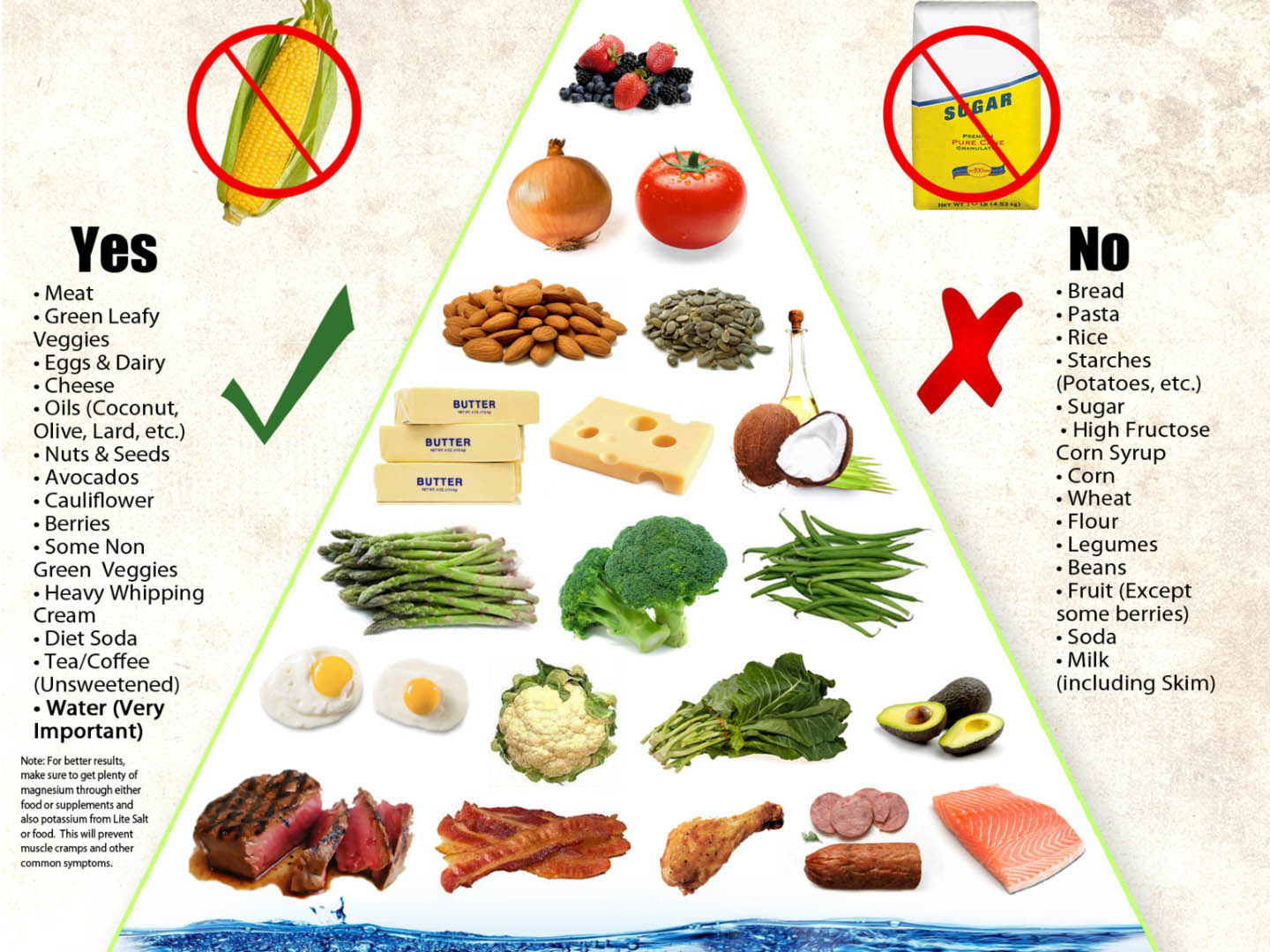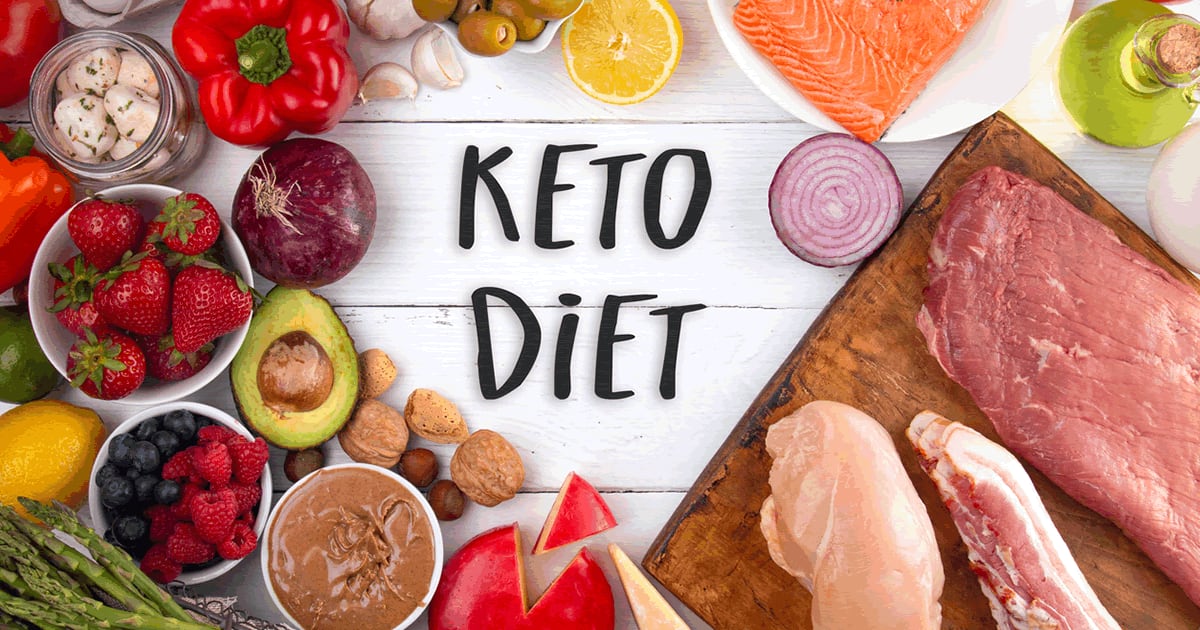We are in an era where anything and everything can get viral. The internet and social media has fueled this process and many will follow with out even giving it thought. Currently we have so many ladies jumping onto the Keto diet wagon with little or no knowledge about the science behind it. All one knows is it will be solution to weight loss. I will tell you something about this diet and hopefully this will help some one out there make an informed decision.
What is a Keto diet?
A ketogenic diet, normally shortened simply as keto diet is one that is comprised of high fat, adequate proteins and low carbohydrates, what many refer to as carbs. This diet is usually used as medicine for epileptic children although it has become popular for weight loss in these current times. This diet forces the body to burn fats as its primary source of energy rather than carbohydrates.
How a Keto diet works?
I will talk about the way it works first in its primary function which is as medicine in epileptic children.
The body’s primary source of energy from our diet is carbohydrates and this energy is in form of glucose. This glucose is transported around the body and is important in fueling brain function for every human being. So when the primary source is less in the the diet, the body looks for plan B. Through the liver, it converts the fat into fatty acids and ketone bodies. The ketone bodies are passed into the brain replacing the glucose as the source of energy. An elevated level of ketone bodies in the blood, a state called ketosis will eventually lower the frequency of the epileptic seizures.
Coming to weight loss, the same analogy is applied, the keto diet forces the body into using a different type of fuel. Instead of relying on the glucose from carbohydrates, it relies on ketone bodies that are produced from breaking down the fat by the liver. So as the body burns the fuel, your body is thought to shed off that excess fat.
Much as this may sound very obvious and a straight forward process, getting the liver to make ketone bodies is tricky:
- It requires one to deprive yourself of carbohydrates, fewer than 20 to 50 grams of carbs per day (keep in mind that a medium-sized banana has about 27 grams of carbs).
- It typically takes a few days to reach a state of ketosis.
- Eating too much protein can interfere with ketosis.
What to eat while on a keto diet
Due to the fact that a keto diet has such a high fat requirement, you must eat fat at each meal. In a daily 2,000-calorie diet, it might look like 165 grams of fat, 40 grams of carbs, and 75 grams of protein.
Some healthy unsaturated fats are allowed on the keto diet like nuts, seeds, avocados and olive oil. But saturated fats from oils (palm, coconut), lard, butter, and cocoa butter are encouraged in high amounts.
Protein is part of the keto diet, lean protein foods as well as protein sources high in saturated fat like beef, pork, name it.
All fruits are rich in carbs therefore they are eaten in small portions. Vegetables are also rich in carbs therefore for this diet vegetables are restricted to leafy greens such as spinach, cauliflower, broccoli, dodo, bell peppers, onions, garlic, mushrooms, cucumber, celery, to mention but a few.

The risks
A ketogenic diet is very high in saturated fats which poses a very high risk for heart related diseases as there is a risk of high cholesterol in the blood.
I have heard of people who have fallen victim of scurvy. This is a deficiency of Vitamin C in the body. If you’re not eating a wide variety of vegetables, fruits, and grains, you may be at risk for deficiencies in micronutrients, including selenium, magnesium, phosphorus, and vitamins B and C. Nutrient deficiency is one the down sides of a keto diet.
Liver problems is another risk that can ensue. With so much fat to metabolize, the diet could make any existing liver conditions worse.
The kidneys help metabolize protein, and the keto diet may overload them resulting to kidney problems. (The current recommended intake for protein averages 46 grams per day for women, and 56 grams for men).
Keto diet is low in fibrous foods like grains and legumes resulting in constipation.
The brain requires sugar from healthy carbohydrates to function. A low-carb diets may cause confusion and irritability there by resulting to fuzzy thinking and mood swings
These risks are not meant to discourage you but rather to know what lays ahead of you, therefore make sure you work with a doctor and a registered dietitian before and as you attempt to use a ketogenic diet.
Before jumping on the Keto diet wagon, read and check with your doctor and dietitian.

This is quite informative. Thank you for the well informed article
You are welcome
Its like you read my mind! You seem to know a lot
about this, like you wrote the book in it or something.
I think that you can do with a few pics to drive the message home
a bit, but other than that, this is wonderful blog. An excellent read.
I will definitely be back.
Thank you so much for the recommendation. I have written a book in the line of disability but I sure will consider writing one on the lines of keto. That would be interesting
Hurrah! Finally I got a webpage from where I know how to genuinely take
useful information concerning my study and knowledge.
Thank you
I absolutely love your site.. Very nice colors & theme. Did you develop this site yourself?
Please reply back as I’m wanting to create my own personal
website and want to find out where you got this from or exactly what the theme is called.
Cheers!
Hallo, thank you for the appreciation. yes someone developed it for me